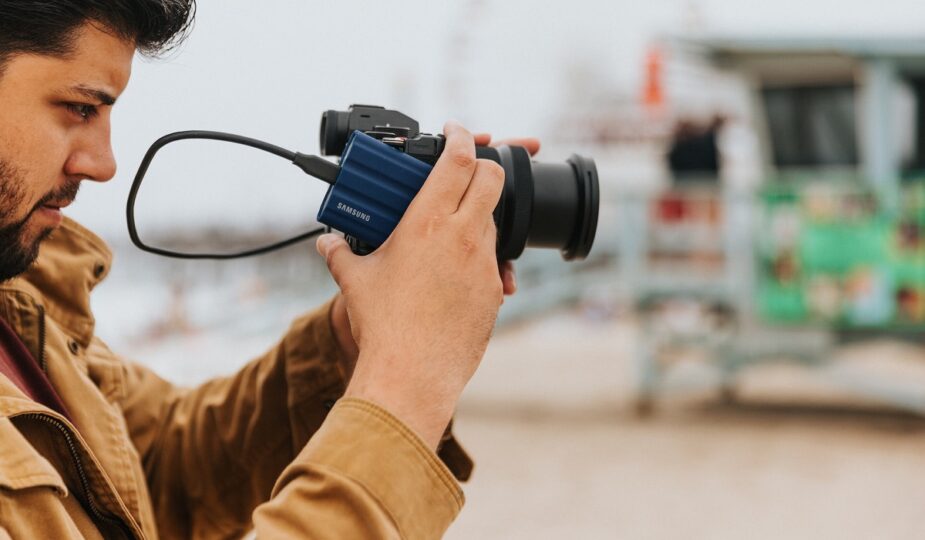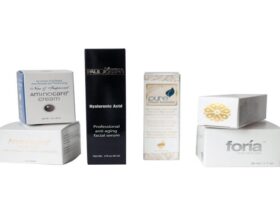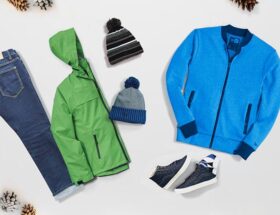With the wide Ecommerce range in today’s world, prevalence and ease of accessibility for the online users for products on these stores has improved. With the increasing competition, the internet-based online store cannot survive only on its products and their prices. The evolving consumer landscape has forced ecommerce businesses to focus on conversion strategies like marketing, branding, user experience, and outreach, which helps in selecting your site over other available options on the web. Intriguing packaging can be used to create visually appealing product photography that will capture the attention of online shoppers. Consumers get attracted to not just a good price, but the way in which a product is being sold, its images, reviews and anything which shows trustworthiness and professionalism.
With various ways of improving your online store customer experience, the most important thing to consider is how to display your products and their details. Is the image capturing the right colors for the screen? Does the product have relevant image reviews too? Are three any glitches in the images?
With product photography playing a major marketing role to lure your customers to buy the product is possible only if they can visually experience the same. Hiring professionals to capture professional product images or purchasing stock images for the same is not feasible everytime. Therefore, you must consider these seven ways of synchronizing your product photography with the ecommerce level professionalism. Partnership for business growth can help you expand your reach, increase sales, and drive brand awareness.
Go For The Right Equipment’s
There is no substitute for a quality pro DSLR camera capturing a product’s images in multiple camera modes, along with the larger storage capacity and better sync abilities with off-camera lighting setups. Also, you need a tripod for stabilizing your shot to prevent any motion blur in the images.
Lastly, a light source is needed which may be a camera flash or a softbox or an aluminum reflective screen. Then comes the creativity part of using lights and shadows to focus on your product image’s angles, and how your product plays with different lights and darkness.
Craft A Rolled White Background
In product photography, your main focus is your product and its physical features. With the sharp corners, textures, or walls and other background features you can be distracted from the photograph. Therefore, you can use a white sheet of paper or fabric rolled onto the floor to create a curvy background instead of a sharp crease on the horizontal line. Common injectables in product photography with e-commerce can be used to create realistic and visually appealing images of products. This creates a consistent and solid image background through the cutouts and transparent background materials.
Select A Soft And Diffused Light Source
The major challenge in product photography for ecommerce purposes is to cast an even, soft light on the complete product’s surface with just a soft shadow appearing in the background.
For this you need your light source to be bigger than the product, as a smaller, direct light source would lead to high contrasting shadows on the subject’s background which is a distraction for the appearance of the products’ surfaces. Also, you must set up your light in a large softbox or a flashlight with an attached diffuser for equal light distribution. For the best product photos, you must shoot with a good amount of natural daylight in the room from windows.
Give Immersive Customer Experience With 3D/AI Powered Product Images
With the advancements and technological growth, an innovative approach has come up for an immersive user experience with the 3D product imagery. This technology provides a 360-degree product view to the customers, where they can easily rotate the product and view any angle of the product with perfect lighting.
Along with viewing different angles of the product, the AI-powered product imagery also allows customers to try the products virtually.
Capture Largest Photo Size Possible
The ecommerce websites publish product photos with the size of 72dpi, even then you must have enough creative space for image sizing. Sometimes viewing a low-resolution photo on a small camera screen looks good, when in reality it is out of focus and unusable. Therefore, you must follow the photography thumb rule of starting at large and cropping and resizing to the desired size and resolution.
Re-edit And Retouch Your Product Photos
There are various image filters when a photo is published on platforms like Instagram, or Twitter, but from the ecommerce website’s perspective things are different. The customers need to know the color which is most near to the actual color they get after purchase of the product.
This is easily possible if you have a clean white background of your product, providing the most precise color of the product in the image captured. Even with the system not providing any resizing options for your ecommerce images, you can crop and resize them for the right requirements and bandwidth.
Final Thoughts
Product photography is the key to high sales for the ecommerce stores, for every type of product. The virtual pressure to buy a product is created only through the beautiful and elegant product images. But, you must know how to synchronize both of them in a quality way. With the traditional methods, the costs are huge and it is time consuming to alter the photos. The AI powered product imagery provides a faster way of commercial ecommerce photography options with realistic and high-quality product images.
Author’s Bio:
Abhishek Kumar is your common Digital Hooman with marketing as profession, finance as a curious habit, and sports as a survival mechanism. He is working for Flixstudio – product photography for ecommerce.








